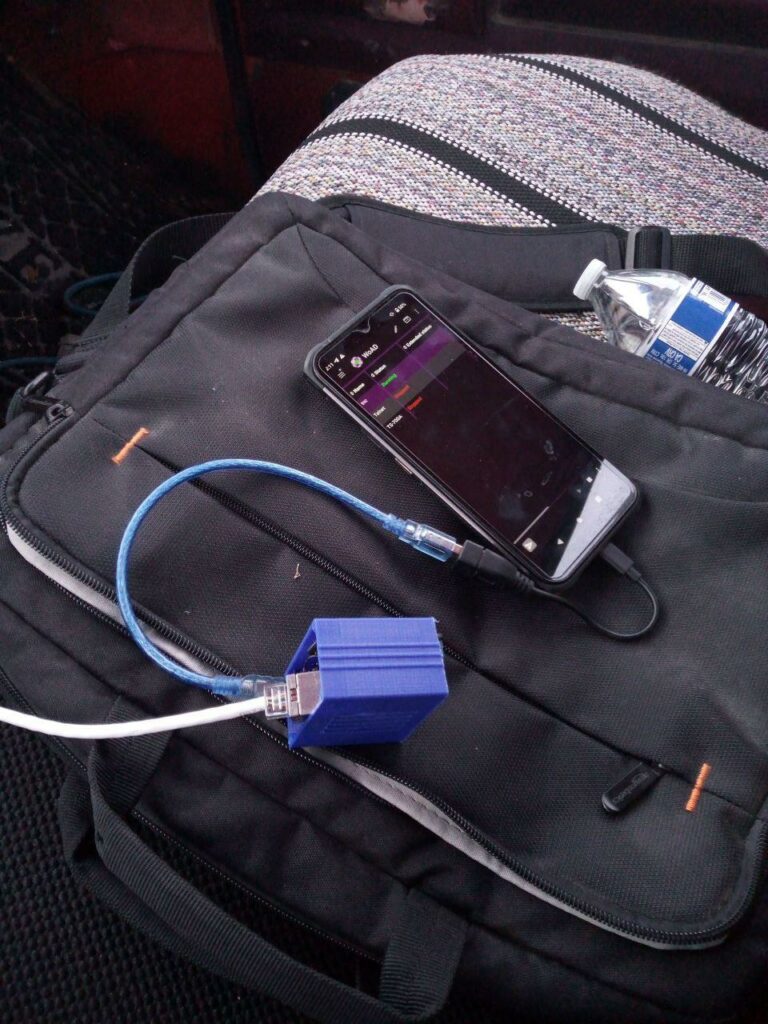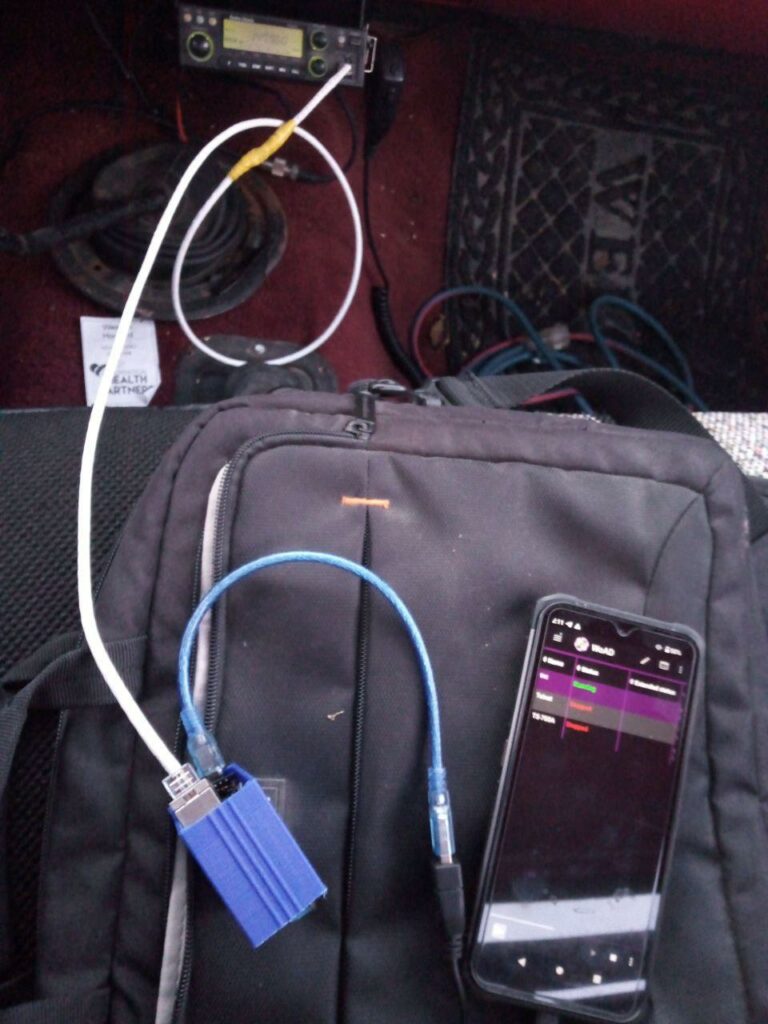


The other day I modified my Arduino-TNC, which was already a modified version of the Mobilinkd Arduino-TNC. You can find their version here:
http://www.mobilinkd.com/2014/09/11/arduino-kiss-tnc/
And you can read my modifications post here:
https://alaskalinuxuser3.ddns.net/2022/10/27/arduino-tnc-part-1-hardware/
Essentially, what I modded the other day, was I disconnected the hardwired connections that I had put on, because it lead to a cable that was only appropriate for my Boafeng hand held radio. Instead, I soldered the leads to an Ethernet connector, so I could build multiple cables for each radio that I owned. While I don’t own many, I like having the option to use the home-brewed TNC with anything I have.
I used the following scheme:
Ethernet connection:
2 - Ground
4 - Audio into the TNC / Speaker out of radio
5 - Audio out of the TNC / Microphone input of radio
6 - Push To Talk (PTT) circuitSince my old Boafeng doesn’t work very well, I built a cable for the HTX-212 transceiver in the truck. I have an entire spool of ethernet cable, and the tools and connectors for the ends, so I was able to make the cable in no time. Unfortunately, the first cable I made was backwards! 1 was 8, 2 was 7, and so on. I based my scheme on the hand held microphone diagram for the HTX-212, so I could use a straight through cable, but I should have looked at the cable first, since I did mine opposite of what the 212 needed.
The HTX does not have an audio out to the microphone, but rather a 3.5 mm speaker jack in the back of the unit. This wasn’t a problem, as I just spliced in a plug I cut off of an old pair of headphones.
After getting everything fixed up, I decided to drive around and do some tests. I can’t reach the station from my mobile in my truck while parked in my own driveway. To reach them from my home station, I had to get a 20 watt amplifier, and put up an antenna atop an eight foot PVC pipe that is mounted on my roof. So while the HTX does have 45 watts, I didn’t expect it to work from home due to the lack of elevation.
Driving around though, I found several spots on my daily commute where I could connect to the other station. If you can see the pictures, then you will see the screenshot of the real time logs, where KL7EDK-10 and I (KL4TH-0) are exchanging packets. While I could establish a connection, and exchange some packets, I could not download my Winlink email.
It may be that I just need to continue adjusting settings and timing on the TNC, as it never worked well with the Boafeng either, and it took numerous tries to get the volume adjusted properly so it would work at all. It may be that the volume is just a little to loud and getting cut off during the peaks, or just a little too quiet and not standing out above the noise floor well.
Another option is my antenna has an issue. During the testing, my TNC would key the radio, but sometimes get no response from the other station. Yet often I would hear the other station and also other stations having a session while I was waiting to test it. So it seems like my rig can hear well enough, but can’t speak well enough. That could be an antenna issue. It could also be a settings issue on the TNC itself, such as output volume or gain.
It could also be a settings issue, such as the push to talk (PTT) circuit cutting in too late, or cutting off to soon. So, more experimentation is required, but I’m pleased that I can at least connect so far.
Linux – keep it simple.